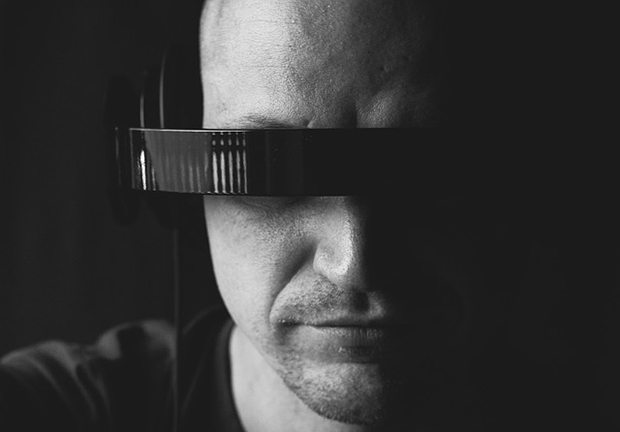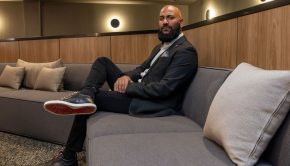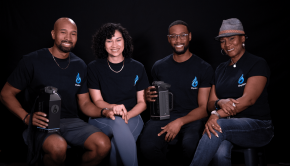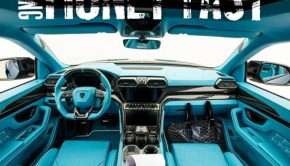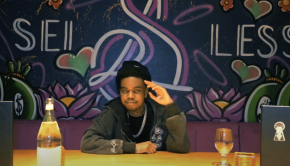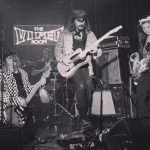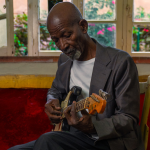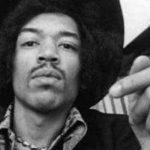The Future of Music Doesn’t Require Headphones, but a VR Headset
By Enrique Cadena Marin (DJ ECM)
Envision standing on a stage watching the late David Bowie, Prince, or Whitney Houston perform. What if you could step into a music video created by your favorite artist? It seems like a surreal notion. Although watching dearly departed music legends perform sounds like a false note, immersive VR innovations may offer you a golden ticket to this reality — at least virtually.
VR tools are revisualizing the future with new ways to conduct business, home life, education and leisure. In the entertainment sector, it could also change the way we listen to and experience music.
In early 2017, Google Play and Enosis VR teamed up with the legendary rock group Queen to offer a 360-degree virtual reality experience of the band’s music video for their 1975 hit Bohemian Rhapsody. Combining motion-capture ballet dancers with 2D and 3D digital animations, the experience helped to recreate the artistic mind of lead singer Freddie Mercury. As you shift your head, the narrative of the video changes, too.
Reasonably priced VR headsets have only been available for a short time. Yet, they’re promising to become commercially viable in the near future. By 2020, over 200 million people are expected to actively use VR headsets and generate $215 billion in revenue by 2021. Since shifting innovations will disrupt new formats for entertainment, what does this mean for the future of music and our relationship with it?
VR Concerts: Front and Center
Live performances are synonymous with music’s ability to help us escape. But VR will allow us to escape into even deeper realms of consciousness. More than any other medium it will make attending concerts more exciting and novel. During live performances, VR can offer more interactive and immersive videos to watch as the artists perform. It could be one of the most important assets from which musicians and producers can benefit in the future. In fact, Live Nation teamed up with Citibank and NextVR to promote a VR event series in the summer of 2017. Compatible with a Samsung Gear VR headset or Google Daydream and a working smartphone, NextVR content offered backstage videos and 2D or virtual on Citi channels.
The VR experience is expected to expand audience attendance at live concert venues and offer an immersive presence that takes listeners beyond a flat screen with 2D video. Multiple camera angles can create a 360-degree image and with onstage vantage points, a VR live concert can be more up-close and personalized than standing in the nosebleed seats behind a lumbering stranger.
This technology also gives bands the ability to perform in shared VR spaces, which means they won’t necessarily need a large venue to play a live set. One of the first VR singles was released in 2014 by UK band The Indelicates. Leading vocalist Simon Clayton says that events like this could even allow other musicians and fans to form bands and play songs in chat rooms with musicians across the globe.
Currently, the company Mybronic is experimenting with this technology. Their invention, Amplify VR, is one virtual platform that allows artists and musicians to stage performances in visually rich environments and allow audience members to participate. If you’re a musician, you can play along with the songs. Future forums with compatible technology could include a computer-generated setting with a live band allowing viewers to connect in real-time. In the future, the barriers between artist and audiences will start to fade like a distant melody. Because people can engage with the artists’ world for just one song, music will become increasingly visual, more personal, and interconnected with different art mediums.
Virtual Music Videos
It’s not just at live concerts where virtual videos are starting to thrive: virtual reality will impact music videos viewed in private spaces, too. VeeR is a new global virtual reality video platform that lets artists showcase their musical talents in alternative, 3D platforms. While music platforms may already be qualified as immersive, coupled with 360-degree cinematography, VeeR can directly insert listeners into the visual components of the artists’ messages and vision. For example, artists such as Melody Liu, an Asia-based singer and content creator has offered her own 360 music video infused with Chinese folk electronica.
VRTIFY established itself as another main VR platform that bundles VR’s best features into one app for popular hits in the VR world. It offers a plentiful amount of 360 degree music videos, and access to your Spotify account while offering virtual experiences. Best of all, platforms like VRTIFY may help spurn innovation in more creative, thought-provoking music since 70% of VRTIFY’s revenue goes back to artists.
Feeling Synth-esthesia
Just like a Mariah Carey ballad, VR is set to take users on emotional journeys, connecting us more profoundly to the universal language that is music. Watching your favorite musicians play through VR eyes can build deeply intense emotional reactions. Since VR creates simulated environments and visuals, senses will become heightened; it’s in these experiences that people will feel more lively and connected with their favorite artists and thus stimulate a profitable industry.
If seeing is believing, surely hearing is part of that experience. VR could build a more intimate, emotionally connected relationship between artists and their listeners. In the meantime, tech innovations need to advance before VR music becomes mainstream. When it does, we’ll be seeing in living color with a sprint in our step. As tech companies develop smaller, more comfortable headsets, we will see VR skyrocket music to a space that goes beyond VR and into our hearts with “sound and vision.”
BIO
Enrique Cadena Marin (DJ ECM) is one of Latin America’s fastest rising EDM artists and producers. Pioneering his own genre, Tero Dancehall, DJ Enrique meshes classical South American folk influences with high-paced beats tinged with pop, hip hip, and indie hits. With his breakout mashup of Wolfgang Gartner’s “Illmerica” vs. A$AP Rocky, DJ ECM continues to appeal to Latin American and international audiences across the globe.
Tweet

